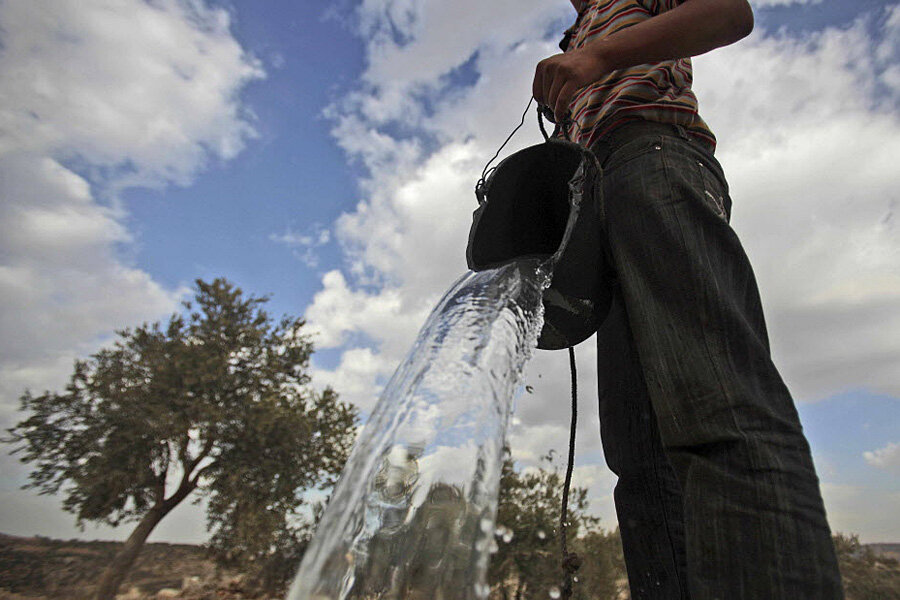Beneath the ocean, a sea of drinkable water?
Loading...
As dozens of countries from Iran to Kenya try to stave off an impending water crisis, new research finds untapped freshwater reserves locked beneath the world's seabeds.
Researchers in Australia claim there's a massive supply of freshwater that's hiding underneath the seafloor.
The team from Australia's National Centre for Groundwater Research and Training conducted an extensive analysis of previously documented sources of offshore groundwater. They estimate that about half a million cubic kilometers lie underneath the continental shelves of Australia, China, North America, and South Africa, and elsewhere. By comparison, the volume of Lake Superior is just over 12,000 cubic kilometers.
Scientists previously believed that such freshwater supplies were rare, says lead author Vincent Post in a press release.
"The volume of this water resource is a hundred times greater than the amount we've extracted from the Earth's sub-surface in the past century since 1900," Post says.
These water pockets formed ages ago when the sea level was lower, he explains. Fresh rain seeped into water beds in ground that's now under the sea.
“It happened all around the world, and when the sea level rose when ice caps started melting some 20,000 years ago, these areas were covered by the ocean," he says. "Many aquifers were – and are still – protected from seawater by layers of clay and sediment that sit on top of them.”
The research presents a huge new source of potable water on the eve of a future worldwide water crisis. Only 2.5 percent of the Earth's water is fresh – and an even smaller 0.0007 percent is drinkable. The UN estimates that by 2030, 47 percent of Earth's people will be living in an area with high water stress.
The problem is already real in Iran, where last week an energy official pinpointed water shortage as a crisis affecting the whole country.
Energy Minister Hamid Chitchian told government officials that the country must focus on water management, Mehr News Agency reports.
Research shows that the Middle East and Africa are the world's most water-stressed regions.
Last month, a UN report highlighted the water crisis in the Arab world, calling on countries to stick to a "responsive governance framework" to manage water resources.
The area's low rainfall, high evaporation rates, and droughts make it a water-threatened region, the report explains. While Arab nations make up 10 percent of the world's suface, it receives only 2.1 percent of its average yearly rainfall.
Recent discoveries of underground aquifers in Kenya and Namibia have helped alleviate fears of future African water wars. In September, UNESCO announced the discovery of two basin aquifers in the extremely poor and dry Turkana region of Kenya. The reservoir could supply the country with water for about 70 years.
But the basin is buried beneath one of the most hostile areas in Kenya, located close to the country's border with South Sudan, Ethiopia, and Uganda – a delicate location that could cause future conflict.
While the Australian team's most recent discovery provides optimism for the world's water supply, Post warns that these sources are non-renewable.
"We should use them carefully," he says. "Once gone, they won't be replenished until the sea level drops again, which is not likely to happen for a very long time."








